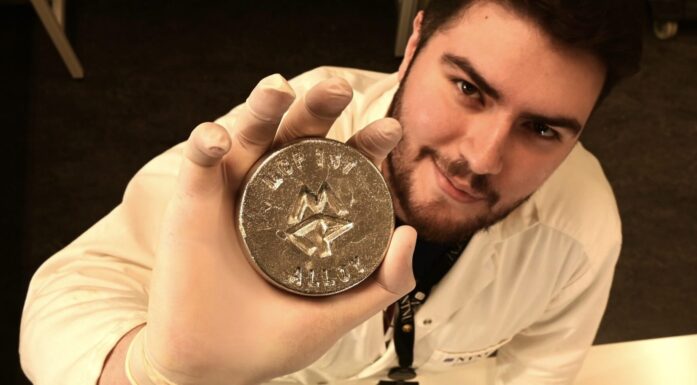Help for headaches
Are you plagued by chronic headaches? The reason could be
that you stop breathing in your sleep. If that is your problem, help is available.
HEADACHE AGAIN?:
You might be suffering from sleep apnoea.
One in four Norwegians snore. However, the problem is more serious for some than for others. A minority of snorers, between two and three per cent of the population, suffer from sleep apnoea.
Sleep apnoea is a condition in which you stop breathing several times during the night. Every pause lasts for more than ten seconds, and some people may have as many as 50 such pauses per hour.
HEADACHE SUFFERERS
These breathing problems disrupt the normal sleep pattern and cause problems and pain during the day. A survey recently conducted at St. Olav’s Hospital in Trondheim shows that chronic headaches, or headaches that occurred more than 14 days a month, are 7 times more common among people examined for sleep apnoea than among the rest of the population. This is a significant difference, says Knut Hagen, lecturer at NTNU and chief surgeon in neurology.
“The group with sleep apnoea is over-represented among people suffering from headaches,” Dr.Hagen says.However, researchers did not find any connection between the headaches and the degree of sleep apnoea. Patients with few pauses during any one night could have headaches that were just as chronic as patients with many pauses.
“This indicates that headaches are more strongly connected to the effort of breathing in itself. If the passage in your throat is narrow, you have to use more muscle power to breathe,” Dr.Hagen explains.
BREATHING ASSISTANCE DEVICES OR OPERATION
It is not easy to determine if you have long pauses in your breathing unless you have somebody lying awake next to you counting seconds. Dr. Hagen stresses the importance of being observant if you have symptoms such as chronic headaches or excessive daytime sleepiness. Severe sleep apnoea is associated with excess mortality, possibly because a majority of those affected also suffer from high blood pressure.
The good news is that help is available. Patients with serious problems can try a breathing assistance device that improves the airflow to their lungs. Patients with a lesser degree of sleep apnoea have several alternatives similar to those offered to snorers: One method is to surgically remove tissue from your throat to improve the airflow. A second is to insert implants to tighten the soft palate.A third is to use a dental splint at night.
“Several of those diagnosed with sleep apnoea have been on painkillers for a long time without having any relief from their suffering.When they are correctly diagnosed, they can finally get the appropriate help,” says Mr.Hagen.
NOCTURNAL EXAMINATION
The 324 patients who participated in the study had been in contact with their doctors because of symptoms associated with sleep apnoea. The patients were referred for what is known as a polysomnography examination. While sleeping, the patients were connected to a device that recorded several body functions such as brain activity, breathing efforts, airflow and oxygen level in the blood. They also filled out a questionnaire about headaches and skeletal or muscular problems.
The results have been compared with a control group from the Health Examination in Nord- Trøndelag,Norway (HUNT). Several researchers have discovered connections between snoring and headaches. However, Knut Hagen is not familiar with any previous research on chronic headaches and sleep apnoea. He says that the polysomnography ensures the correct diagnosis. Several other studies have been based on the participants themselves stating how often they snore.
Elin Fugelsnes




